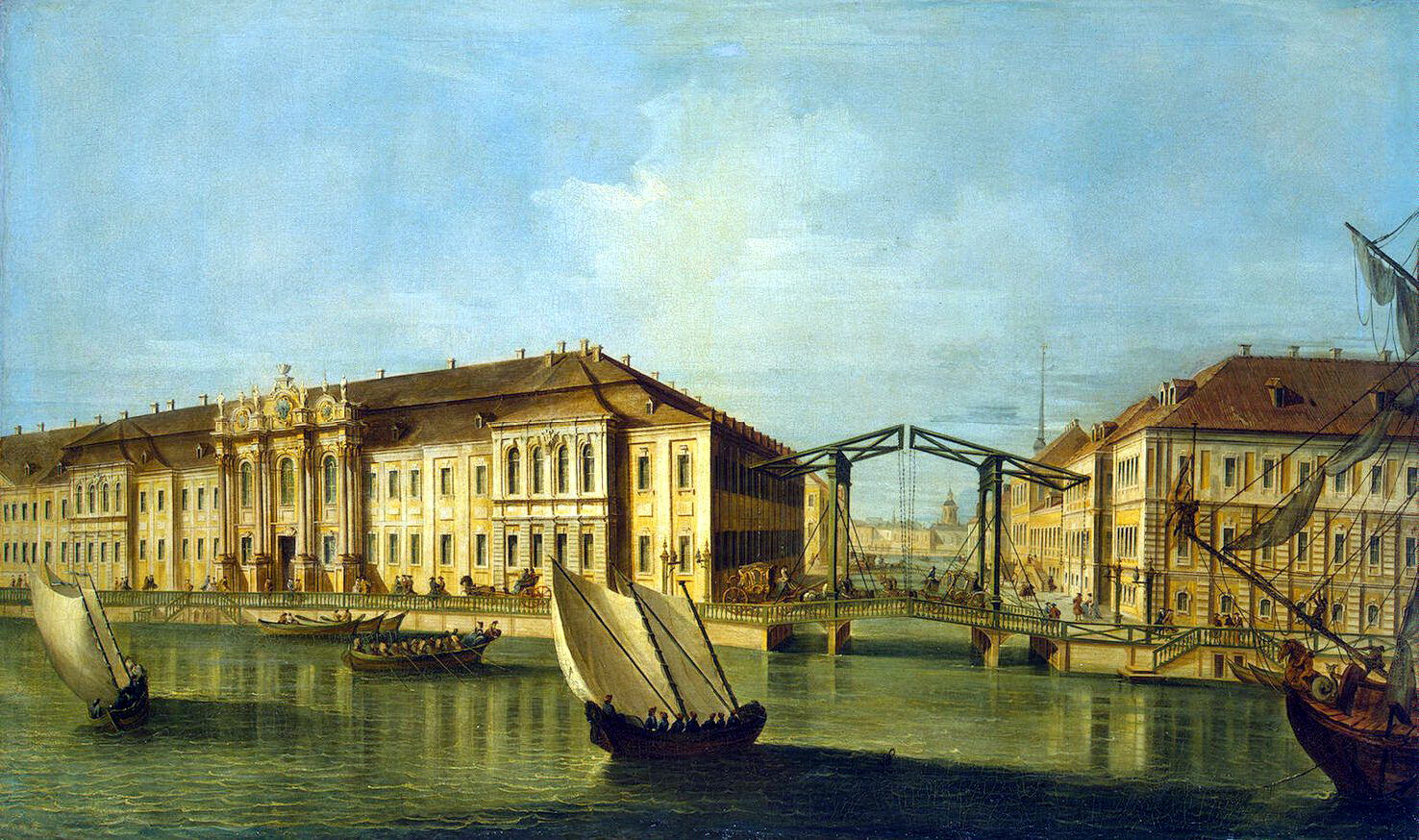Georg Mattarnovy on:
[Wikipedia]
[Google]
[Amazon]

 Georg Johann Mattarnovi (russian: Георг Иванович Маттарнови, ''Georg Ivanovich Mattarnovi''; died 2 November 1719) was a German Baroque
Georg Johann Mattarnovi (russian: Георг Иванович Маттарнови, ''Georg Ivanovich Mattarnovi''; died 2 November 1719) was a German Baroque

 Georg Johann Mattarnovi (russian: Георг Иванович Маттарнови, ''Georg Ivanovich Mattarnovi''; died 2 November 1719) was a German Baroque
Georg Johann Mattarnovi (russian: Георг Иванович Маттарнови, ''Georg Ivanovich Mattarnovi''; died 2 November 1719) was a German Baroque architect
An architect is a person who plans, designs and oversees the construction of buildings. To practice architecture means to provide services in connection with the design of buildings and the space within the site surrounding the buildings that h ...
and sculptor, notable for his work in Saint Petersburg.V.K. Dmitriyev Архитекторы Санкт-Петербурга (Architects of Saint Petersburg), Korona-print, 2007
The birthplace of Mattarnovi is unknown, but most probably it was Prussia
Prussia, , Old Prussian: ''Prūsa'' or ''Prūsija'' was a German state on the southeast coast of the Baltic Sea. It formed the German Empire under Prussian rule when it united the German states in 1871. It was ''de facto'' dissolved by an ...
. His year of birth is also unknown. He was a sculptor, and a disciple and assistant of German architect Andreas Schlüter
Andreas Schlüter (1659 – c. June 1714) was a German baroque sculptor and architect, active in the Holy Roman Empire of the German Nation, the Polish–Lithuanian Commonwealth, and the Russian Tsardom.
Biography
Andreas Schlüter was b ...
. Mattarnovi arrived in Saint Petersburg in 1714, following Schlüter. After the death of Schlüter, Mattarnovi continued work on Schlüter's projects.
In 1715–1719, Mattarnovi managed the construction of the grotto pavilion in the Summer Garden
The Summer Garden (russian: Ле́тний сад, ''Letniy sad'') is a historic public garden that occupies an eponymous island between the Neva, Fontanka, Moika, and the Swan Canal in
downtown Saint Petersburg, Russia and shares its name w ...
originally designed by Schlüter. He also built two pavilions there, and a colonnade-gallery for an ancient sculpture of Venus. Mattarnovi built the Tsar Peter I's main residence of Saint Peterburg, the so-called "new Winter Palace", or the "third Winter Palace". Originally, as designed by Schlüter, it was a small two-storey house, but in 1719–1721 the building was significantly expanded. The building was the centre of the ensemble of buildings on the Palace Embankment
The Palace Embankment or Palace Quay (Russian: Дворцовая набережная, Dvortsovaya naberezhnaya) is a street along the Neva River in Central Saint Petersburg which contains the complex of the Hermitage Museum buildings (including ...
. The Great Hall of the Winter Palace was the site of the public mourning ceremony for Peter I. Mattarnovi's Winter Palace was later torn down, and Giacomo Quarenghi
Giacomo Quarenghi (; rus, Джа́комо Кваре́нги, Džákomo Kvaréngi, ˈdʐakəmə kvɐˈrʲenʲɡʲɪ; 20 or 21 September 1744) was an Italian architect who was the foremost and most prolific practitioner of neoclassical architectu ...
built the Hermitage Theater on the site. In 1718–1719, Mattarnovi built a mansion for the Procurator General of the Senate, P. I. Yaguzhinsky, on the Palace Embankment.
Mattarnovi built ''Mytny ( Gostinny) Dvor'' on the intersection of Nevsky Prospect
Nevsky Prospect ( rus, Не́вский проспе́кт, r=Nevsky Prospekt, p=ˈnʲɛfskʲɪj prɐˈspʲɛkt) is the main street (high street) in the federal city of St. Petersburg in Russia. It takes its name from the Alexander Nevsky La ...
and Moyka River
The Moyka (russian: Мо́йка /MOY-ka/, also latinised as Moika) is a secondary, in comparison with the Neva River in Saint Petersburg that encircles the central portion of the city, effectively making it an island or a group of islands ...
(1716–1720). The building was destroyed by fire in 1736 and a new Gostiny Dvor was built on a different spot. Mattarnovi was the originator of the "standard houses" built on Petrogradsky Island
Petrogradsky Island or Petrograd Island ( Russian: Петроградский остров) is the third largest island in the Neva River delta
in Saint Petersburg, Russia. Along with Zayachy Island, Aptekarsky Island, and Petrovsky Island, it c ...
and the first version of Saint Isaac's Cathedral
Saint Isaac's Cathedral or Isaakievskiy Sobor (russian: Исаа́киевский Собо́р) is a large architectural landmark cathedral that currently functions as a museum with occasional church services in Saint Petersburg, Russia. It is ...
, built from 1717—1723.
The only surviving building of a Mattarnovi project is the Kunstkamera
The Kunstkamera (russian: Кунсткамера) or Kunstkammer (German for "Culture Room" (literally) or "Art Chamber", typically used for a " cabinet of curiosities") is a public museum located on the Universitetskaya Embankment in Saint Pet ...
, the first museum in Russia, built from 1718–1734.
Mattarnovi died on 2 November 1719 in Saint Petersburg
Saint Petersburg ( rus, links=no, Санкт-Петербург, a=Ru-Sankt Peterburg Leningrad Petrograd Piter.ogg, r=Sankt-Peterburg, p=ˈsankt pʲɪtʲɪrˈburk), formerly known as Petrograd (1914–1924) and later Leningrad (1924–1991), i ...
, Russian Empire
The Russian Empire was an empire and the final period of the Russian monarchy from 1721 to 1917, ruling across large parts of Eurasia. It succeeded the Tsardom of Russia following the Treaty of Nystad, which ended the Great Northern War. ...
, where he had worked for five years. His son Philipp Georg Mattarnovi (1716-1742) was a noted engraver.
References
{{DEFAULTSORT:Mattarnovi, Georg Johann 1719 deaths Russian architects 18th-century German architects 18th century in Saint Petersburg Year of birth unknown